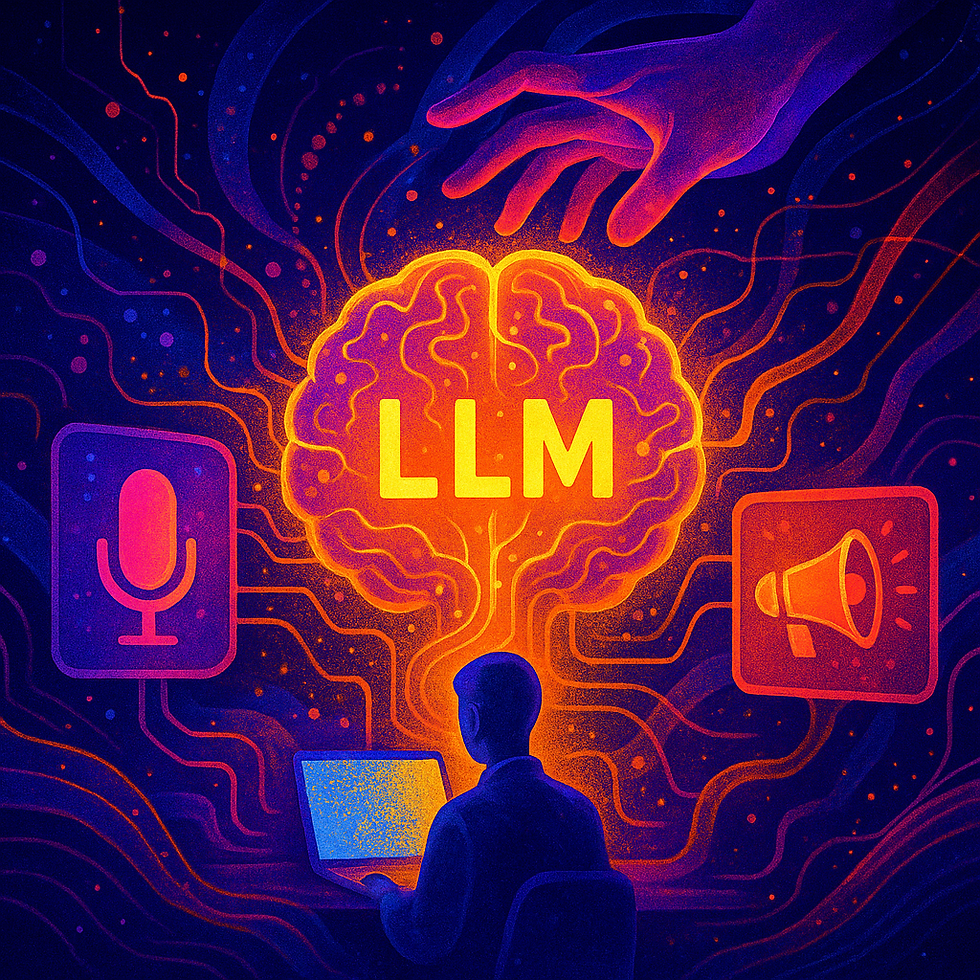
HEALTHCARE, FORMATIVE EVALUATION, SUMMATIVE STUDY
"Good Enough?": Balancing compliance and pragmatism in medical device user research
6
MIN
Jun 25, 2025
At uintent we live in two worlds, the human factors world of medical devices and the user experience world of all other, non-regulated industries. We have compared both and seen tremendous differences. Medical device companies spend 2.5 times the money for a formative study compared to non-regulated industries and their projects take one third more time. But most stunning is that medical device manufacturers only spend 15% of their budgets for other methods than formative or summative evaluations, while all other industries spend 54% into other UX methodologies, such as early user research or benchmarking.
At the 5th Annual European Medical Device Human Factors and Usability Engineering Conference, my colleague Tabea Daunus and I tackled this head-on in our talk: “Good enough (?)” - a deep dive into how to balance compliance with practical, efficient research strategies.
Here’s what we shared and why it matters for anyone working on healthcare UX.
Start Before It’s Perfect
The best time to begin user research? Sooner than you think.
Too many teams wait until the product is "ready" before involving users. But early-stage insights are where the real impact happens. They help:
Integrate real user needs into product design, increasing acceptance
Reveal actual user workflows and context, not just assumptions
Avoid wasting time and money on features that don't work in the real world
Case in point:One of our clients developed a device's handling process based on insights from a large hospital in Germany and planned to launch globally. During formative testing, they discovered:
The process didn’t work in smaller hospitals
Infrastructure assumed in the design didn’t exist elsewhere
Workflows varied significantly between countries
It was a wake-up call and it came just in time.
Skip the Paperwork (At First)
We’ve seen promising projects get stalled by documentation overload.
There’s a misconception that every study must include formal protocols, ethics approval, and 80-page reports. That’s just not true, especially in the early stages.
Enter what we call “stealth mode.”
Rather than running a full-blown formative simulated use test, you can position early research as:
Market research
Contextual inquiry
Exploratory expert review
Heuristic or task analysis
These methods are fast, flexible, and fully supported by regulatory guidance (yes, even FDA). They’re designed to uncover use-related problems, not tick regulatory boxes. No protocol? No problem. Just don’t label it what it’s not.
The goal here is simple: learn fast, improve fast.
“But My Device Is Too Complex…”
We hear this often. But in reality, complexity is exactly why early, agile testing is essential.
Trust your users. They can think abstractly.
You can:
Use paper prototypes or 3D prints
Test just one interaction or step
Simulate complex environments creatively
For example, in one project, we needed to simulate a C-bow used in cath labs. The problem? No cath lab availability. The solution? We recreated the C-bow out of cardboard and ran the study in a standard usability lab. Same insights. Big savings.
Beyond that, build your internal resources:
Create databases for what works (and what doesn’t)
Build reusable design libraries
Collect extra data (e.g., anthropomorphic measurements) when you already have users on-site
In short: complexity isn’t a barrier. It’s a reason to start smarter.
Be Smart With Summative Testing
Summative studies are often seen as rigid and untouchable but even here, there's room for creativity and efficiency.
Here are some ways to make them work harder for you:
Split your summative into two waves. If something goes wrong in the first few sessions, hit pause. Reclassify those sessions as formative, fix the issues, and avoid wasting time and money.
Build in a safety break. Don’t wait until the end to realize there’s a major problem. Plan a checkpoint midway through your field phase.
Exploit your studies. If participants are already onsite and there is still time left, don’t let them go right after the summative study ends. Once the validation session is complete, stop recording and begin a follow-up study (i.e on marketing topics or other, related products that are currently in development.).
Adapt your environment creatively. As with our cardboard cath lab story: sometimes a clever setup saves weeks of delay and thousands in lab fees.
And remember: if your product isn’t headed for the U.S., challenge whether U.S.-style testing is really needed. Not all products need to follow FDA guidelines to the letter.
Final Thoughts: What’s Actually Good Enough?
The goal isn’t to cut corners. It’s to make smart, intentional choices using all the leeway the regulatory frameworks already provide.
To recap:
Don’t limit yourself to usability testing, explore other valid research methods.
Start small. Start scrappy. It still counts.
Not every formative needs a protocol and full documentation.
You can test early, even for complex devices.
Reuse knowledge. Gather extra insights whenever you can.
Know your users early, it’ll save you a lot later.
Exploit summative setups by adding other study elements.
Build in safety breaks to pivot if needed.
Challenge formalities, especially outside the U.S..
At uintent, this is how we work: lean where possible, rigorous where necessary, and always focused on user value.
Want to know what “good enough” looks like for your device? Let’s talk. 🗨️





.png)















